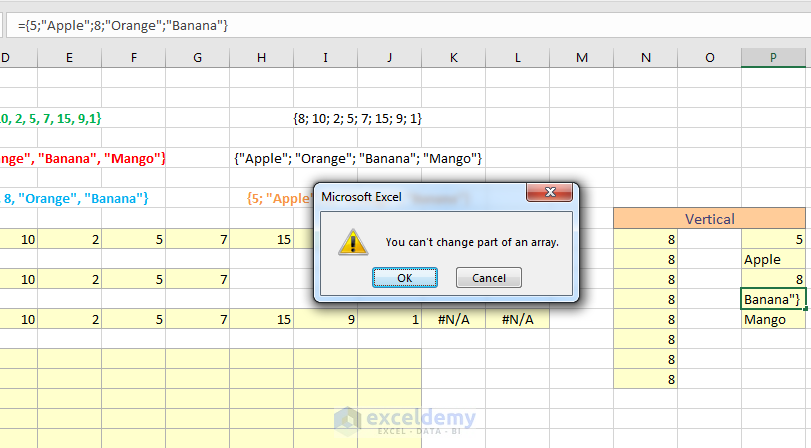


LOGEST: Given partial data about an exponential growth curve, calculates various parameters about the best fit ideal exponential growth curve. TREND: Given partial data about a linear trend, fits an ideal linear trend using the least squares method and/or predicts further values. a bit shocked that it did not support dynamic columns for a fixed-width array of json objects natively.
#Excel trend function array for mac code#
The degrees of freedom, useful in looking up F statistic values in a reference table to estimate a confidence level, Vba code to open excel file in read only mode. The F statistic, or F-observed value indicating whether the observed relationship between dependent and independent variables is random rather than linear, Standard error for the dependent variable values, The coefficient of determination (between 0 and 1, where 1 indicates perfect correlation), The standard error for each coefficient and the intercept, If verbose is TRUE, in addition to the set of linear coefficients for each independent variable and the y-intercept, LINEST returns Verbose - A flag specifying whether to return additional regression statistics or only the linear coefficients and the y-intercept (default). Check tags for information about specific functions. More accurately, however, Names are named formulas. This category also includes what Microsoft calls Nameswhich many of us call Range Names. And this category concentrates on that topic. forces the curve fit to pass through the origin. Virtually everything business users do with Excel involves worksheet formulas and functions. Otherwise, forces b to be 0 and only calculates the m values if FALSE, i.e. if known_data_y is a single row, each row in known_data_x is interpreted as a separated independent value, and analogously if known_data_y is a single column.Ĭalculate_b - Given a linear form of y = m*x+b, calculates the y-intercept ( b) if TRUE.

LINEST(B2:B10, A2:A10, FALSE, TRUE) Syntax Given partial data about a linear trend, calculates various parameters about the ideal linear trend using the least-squares method.


 0 kommentar(er)
0 kommentar(er)
